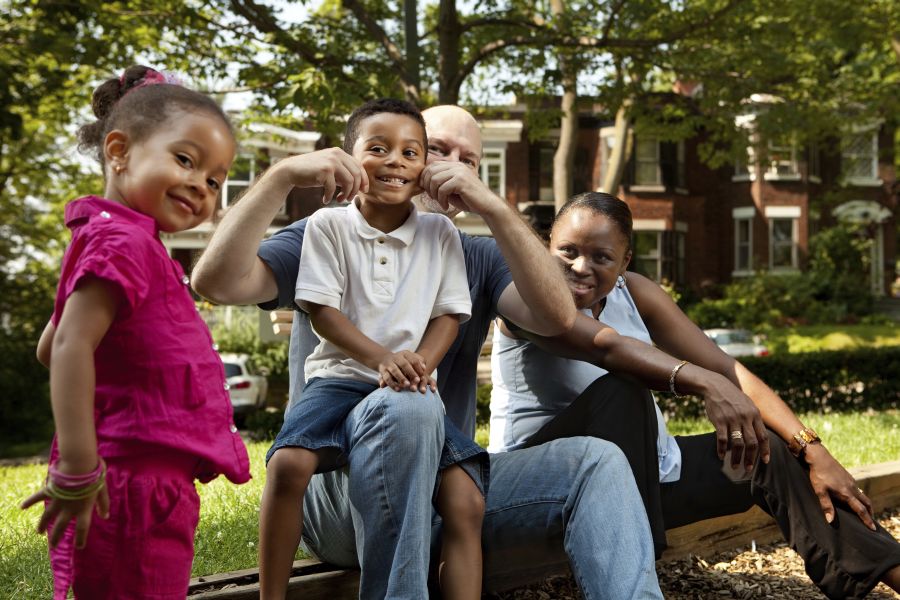How to Develop Correct Speech Habits at Home

You Can Help Develop Correct Speech Habits at Home. Image source: blogs.trb.com
Whether or not your child has been diagnosed with a speech sound disorder, there are many things you can do at home to help develop correct speech habits. You can even start developing these habits when your child makes his first babbles! Every child develops at a different rate and there is a wide range of what is considered normal in a child’s language development. You can take an active role in helping encourage your child’s speech and language development, just by adding a few easy steps into your daily routine.
How Can You Encourage Speech Development at Home?
From Birth through Two Years Old:
- Imitate your baby’s actions and facial expressions.
- Teach your child to imitate your actions. Think of actions such as clapping your hands, blowing kisses, playing peek-a-boo with your hands.
- Narrate your day. Talk about the activities that you are doing such as taking a bath, going for a walk, putting on clothes, eating dinner.
- Identify colors, alphabet letters or numbers when you see them.
- Demonstrate the sounds that animals make, for example when you see a dog, make the “woof” sound, or the “meow” sound for a cat.
- Use real words rather than using baby talk. Sure it’s cute, but the earlier your child hears language spoken properly, the earlier your child will begin to use it.
Age Two through Four Years Old:
- Use concise, clear speech that is easy for your child to understand.
- Ask leading questions that can’t be answered with a simple Yes or No. For example, “Which piece of fruit would you like?” or “What would you like to do today?”
- Teach your child simple nursery rhymes or songs that demonstrate patterns of speech.
- Encourage description by pointing out pictures of family members and friends in photos. Ask your child to identify whom she is seeing in the picture.
Age Four through Six Years Old:
- Expand on your child’s speech and reiterate what he has said by repeating the phrase in a complete sentence. For example, if your child is saying “black dog”, answer your child with “you are right, that is a big black dog outside.”
- Ask your child to discuss his or her day, rather than simply asking, “How was your day?” You can have your child tell you three favorite things that happened in the day.
- Practice attentive listening. Its hard when we have a busy house, but the more you can show your child you are interested by giving him good eye contact and paying attention to what he is saying, the more often you’ll find him talking to you.
- Be patient. Your child is taking in the world around him at lightening speed! Give him a chance to respond in a thoughtful way.
You may already be incorporating these steps into your daily communication, and if so – good job! If not, try to add one or two more strategies to your communication with your child. Before you know it, the two of you will be engaging in a satisfying and most likely entertaining conversation!



